WILDLIFE WITH SPECIALIZED NEEDS
Gambel's Quail

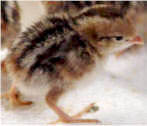 |
Quail chicks resemble
tiny baby chickens and newly hatched quail are about the size of
bumblebees. They're covered in a golden tan down with black or dark
brown stripes down the back. They are a precocial bird which
means they leavethe nest after hatching to follow the parents. They
peck for food on their own. They need to be kept in warmer
temperaturesthan other orphaned birds. Finely chopped hard boiled egg, alfalfa
sprouts or broccoli florets (also finely chopped) are temporary foods.
Quail will also peck at turkey or game bird starter from a feed store, and
tiny mealworms. Do not handle the chick or let children play with it. It's extremely fragile and needs to be kept in safe, covered containment and on a heat source until taken to a rehabilitator.Quail rehabbers have incubators so the babies are kept warm and cozy. Call Arizona Covey at 602-996-1934 |
|
When finding a lone quail chick(s), do not put it with any quail
family you see; if it's not the right family, the chick will get
pecked and possibly killed. |
|
Killdeer and Stilts
 |
Killdeer and Stilt chicks have long legs, and brown and white downy
bodies. Like quail, they need extra warmth.
|
|
Young killdeer
leave the nest soon after hatching and feed themselves but are tended to by the parents. |
|
Poorwills and Nighthawks
Swifts
Last updated
November 1, 2022
|

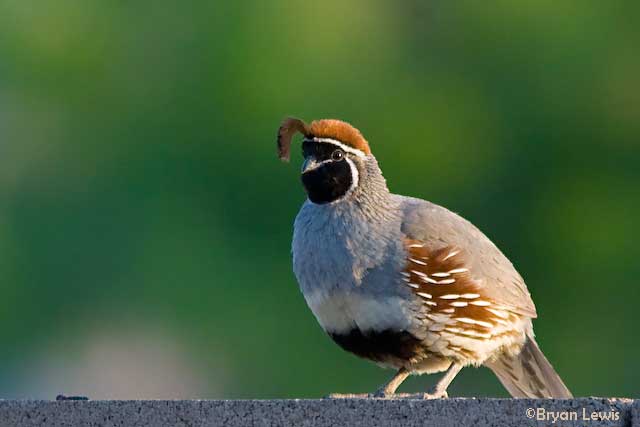

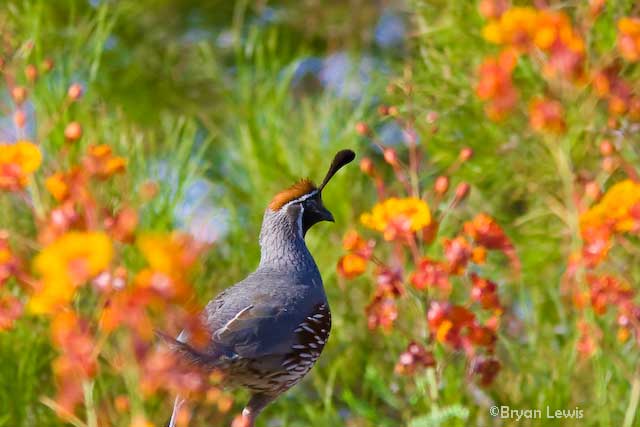
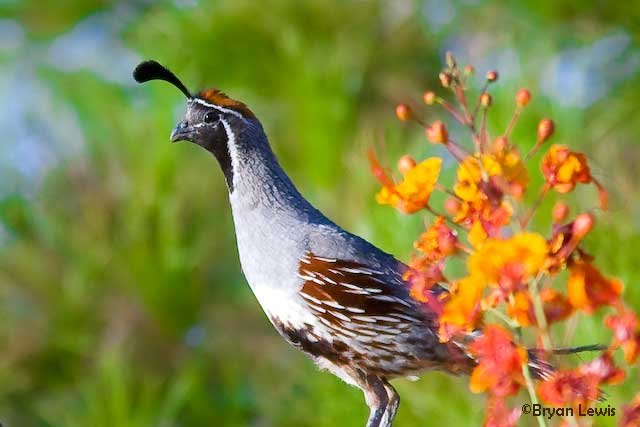
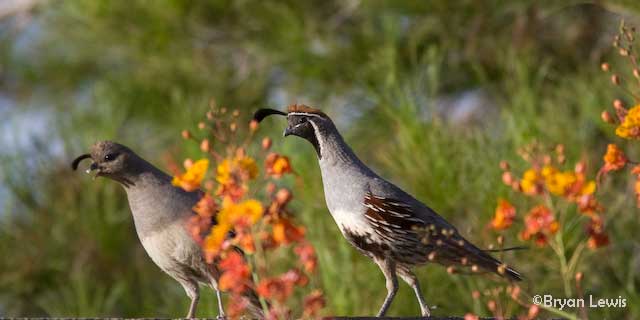
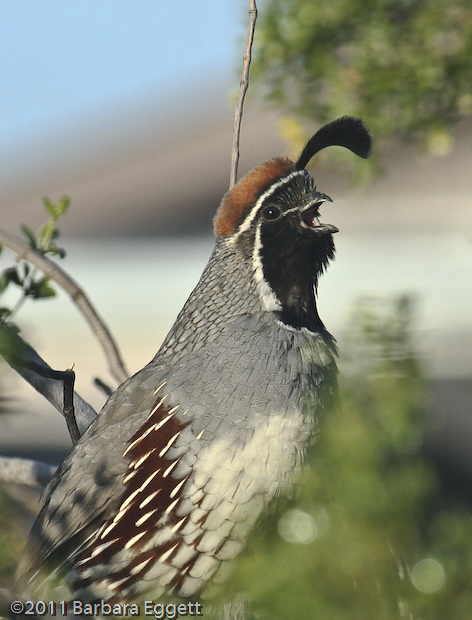

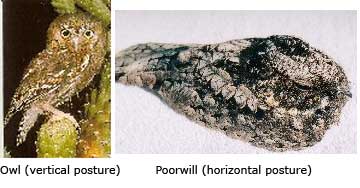
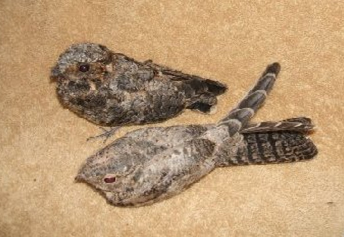
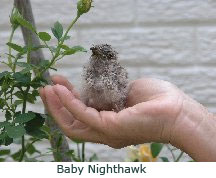
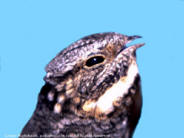
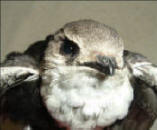 THE WHITE-THROATED SWIFT is the most common swift in the western
U.S, and reputedly the fastest flyer (150+ mph!) of all birds in North America.
THE WHITE-THROATED SWIFT is the most common swift in the western
U.S, and reputedly the fastest flyer (150+ mph!) of all birds in North America.
